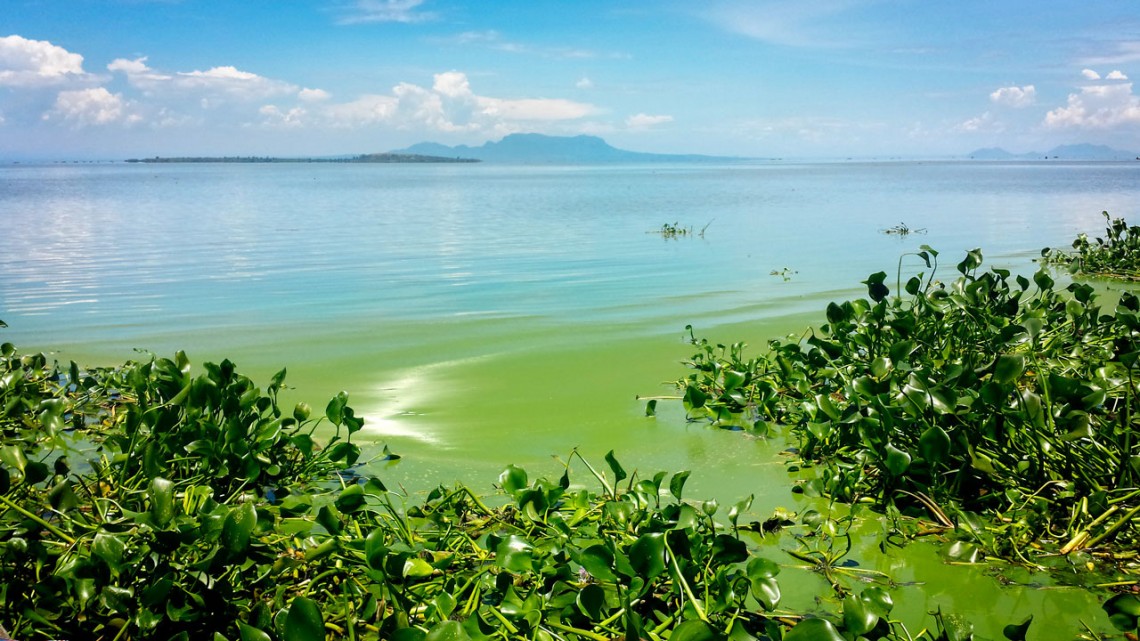
The bright green algal blooms are prominent along the shore of Lake Victoria’s Kisumu Bay in Kenya.
NSF to fund study on far-reaching algal bloom impacts
By Blaine Friedlander
Around the world, algal blooms in lakes and rivers are becoming common thanks to nutrient upticks and rising water temperatures. And the blooms affect more than just water quality.
The National Science Foundation has awarded a five-year, $1.5 million grant for Cornell researchers to study the health dangers, changes in the lake food web, and socioeconomic challenges that arise when these algal blooms produce toxins.
“With increasing climate change and nutrient pollution, we're seeing algal blooms arise all over the globe,” said Kathryn Fiorella, assistant professor of population medicine and diagnostic sciences in the College of Veterinary Medicine, and the grant’s principal investigator (PI). “The toxic blooms are proliferating in their duration, frequency and extent.”
Co-PI’s on the grant are: Peter McIntyre, the Dwight Webster Sesquicentennial Faculty Fellow and associate professor of natural resources, College of Agriculture and Life Sciences; and Christopher Barrett, the Stephen B. and Janice G. Ashley Professor in the Charles H. Dyson School of Applied Economics and Management. The work was jump-started by a 2019 Academic Venture Fund seed grant from the Cornell Atkinson Center for Sustainability.
Algal blooms occur when excess nutrients – usually phosphorus or nitrogen from farm fertilizers or urban wastewater – run into rivers and lakes. Under some conditions, the algae become dominated by a particular type of bacteria that produce a chemical defense to protect it from algae-eaters. At high concentrations, this toxin can also harm animals and people.
In this case, Cornell researchers and graduate students will work along the Kenyan shores of Lake Victoria – the world’s largest tropical lake and fishery, at the head of the Nile River – which nutritionally supports about 30 million people in surrounding Uganda, Tanzania and Kenya.
The Lake Victoria region is ideal for examining the negative effects of algal blooms since the lake is warm year-round, Fiorella said.
The researchers will document the accumulation of microcystins in fish as a result of the blooms’ toxins and learn whether fish tissues actually concentrate these toxins. In turn, research will guide the development of tools for environmental and public health agencies to manage risk to human health.
Fishing is an important part of the region’s economy, Fiorella said, as millions of people use the lake for their livelihood. The researchers’ work will examine the risks and benefits of fish consumption, and analyze how fishers and consumers respond to the algal bloom problem there, which could inform responses to similar situations elsewhere.
“This project will diagnose how ecosystem changes and human behavioral responses translate into health and economic impacts,” Fiorella said. “The health, nutritional and socioeconomic insight we gain will be relevant to many modern food systems facing environmental change.”
Media Contact
Get Cornell news delivered right to your inbox.
Subscribe
